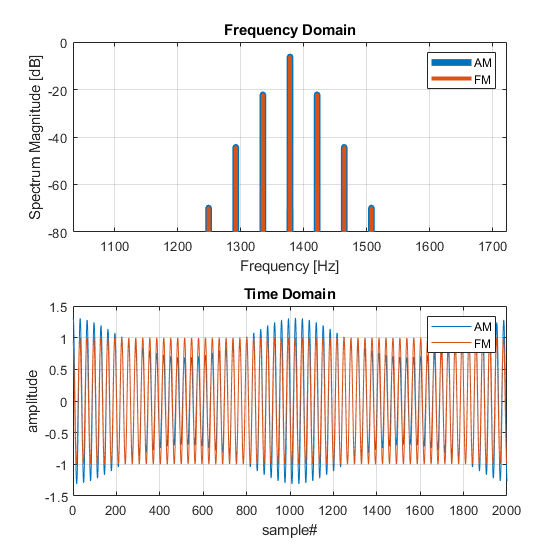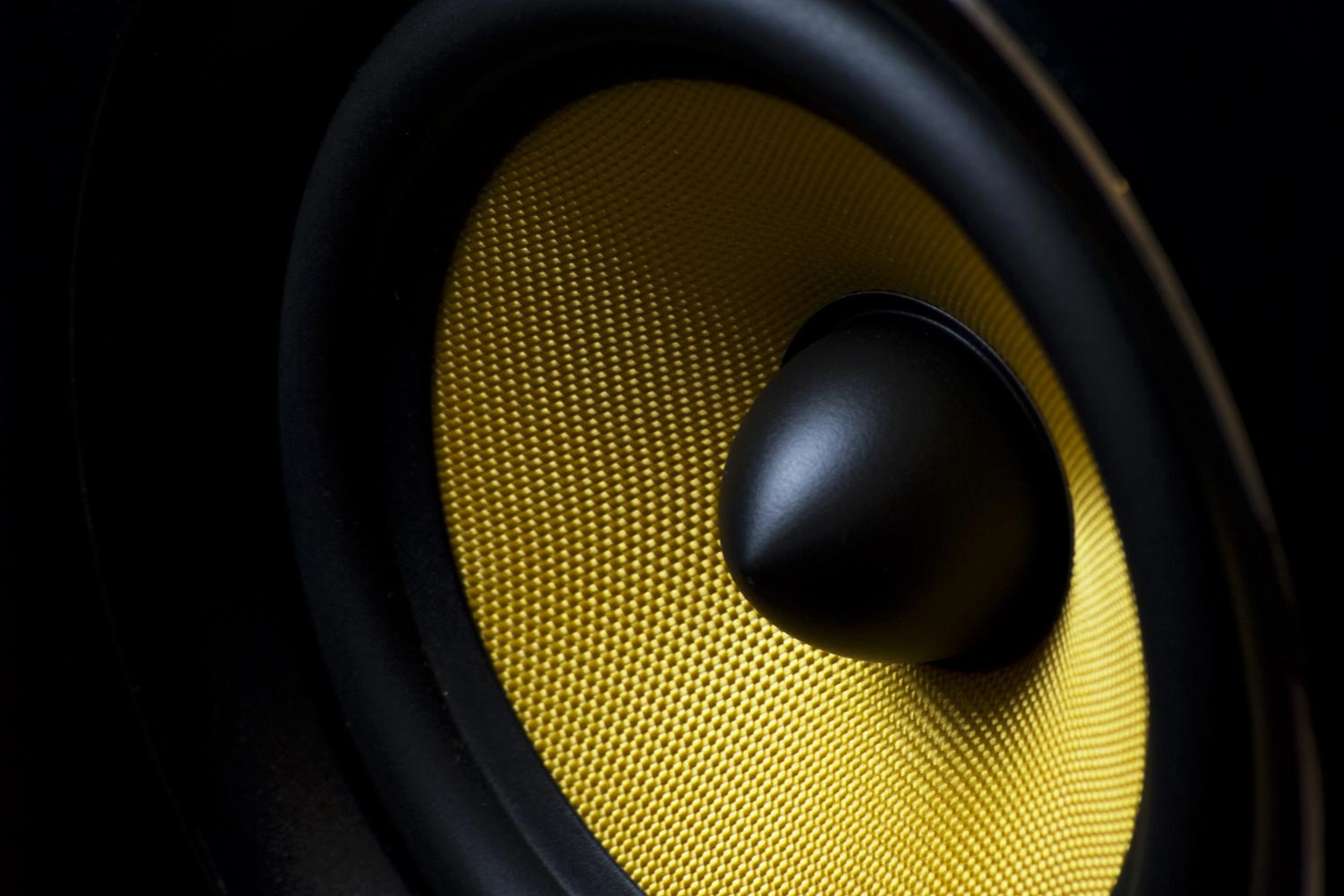MAB
Major Contributor
Putting aside your post-editing, odd-citing, and desire to play the eternal devil's advocate in your interactions here.This is an oddly pedantic reply in about three different ways. It's a quote from a text by Geddes with the date listed. The citation is from MarnixM where I read it. There's no chance of 'misleading' people to think it was an academic peer-reviewed text as part of the quote is written in all CAPs, just missing some emojis. It's not less impactful for that as he's explaining his findings. It's pertinent to the debate as lower order harmonics won't sound different if they were added by a speaker, a DAC, an amplifier or the source. Just a DAC and a solid state amplifier below clipping are not adding any which could be audible, a speaker and not inconceivably certain tube amps could add enough to be audible.
Good engineering is the goal, even if at times it seems to you it's just for the sake of good engineering. Most of the other audio forums value products that often have poor engineering, relying on the consumer not being able to discern with their ears.
Good engineering actually matters, I just posted noise measurements of several amplifiers with a compression driver, and the measured differences are large and these differences are audible. Two of the amps are modern Class D. Two are good Class A/B. One is a 40+ year old Aiwa micro amp.

Topping PA5 II Stereo Amplifier Review
Please report on your findings. Perhaps if you use the stock psu with a regulator this may help, with sufficient capacitance to prevent voltage sag at high volumes 1 - what makes you think there is voltage sag? 2 - The stock PSU is probably already regulated. 3 - Even if there were voltage sag...
 www.audiosciencereview.com
www.audiosciencereview.com
Good engineering matters, and is audible in many applications, and driving an efficient driver is just one example.
The problem is you are the one focusing on SINAD. And just the distortion part of it. You ignore or don't realize noise as you mention distortion over and over
I also don't accept your position if applied to quality, but that's another topic I think.


